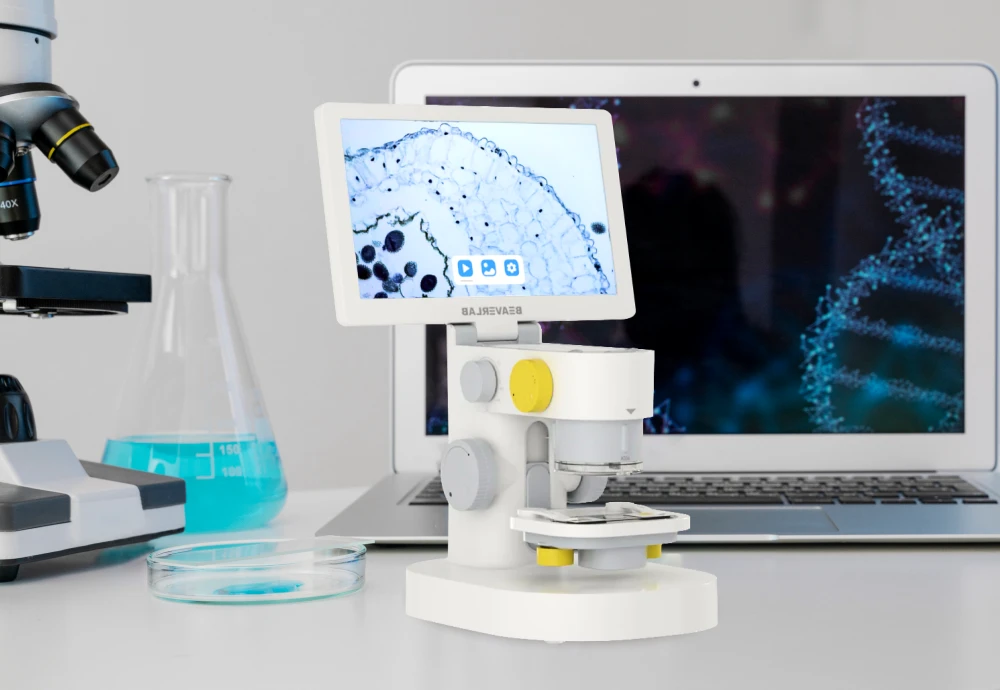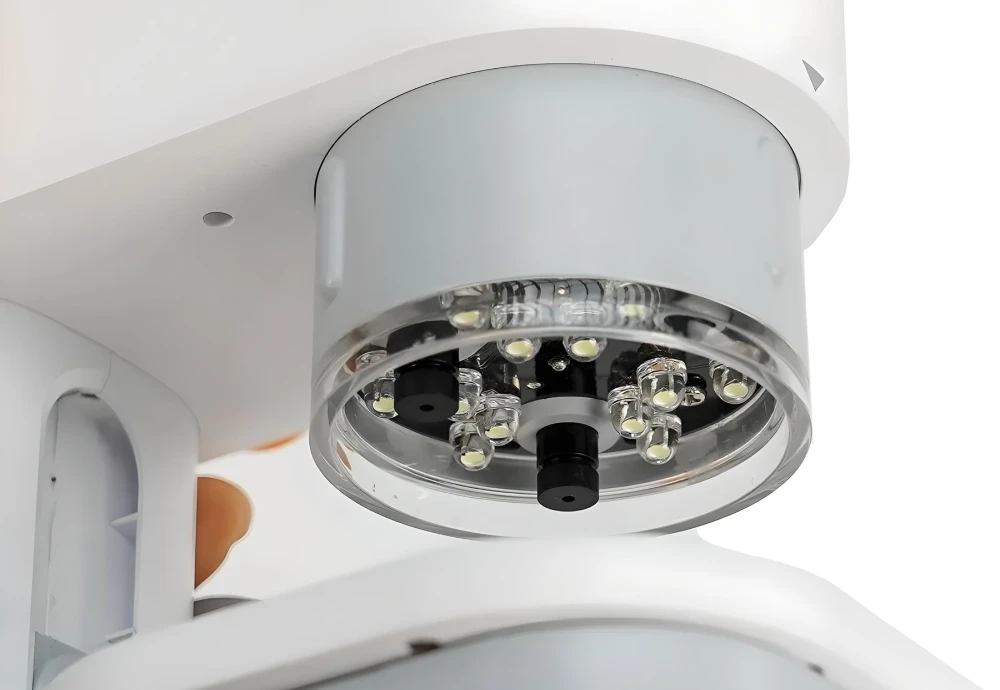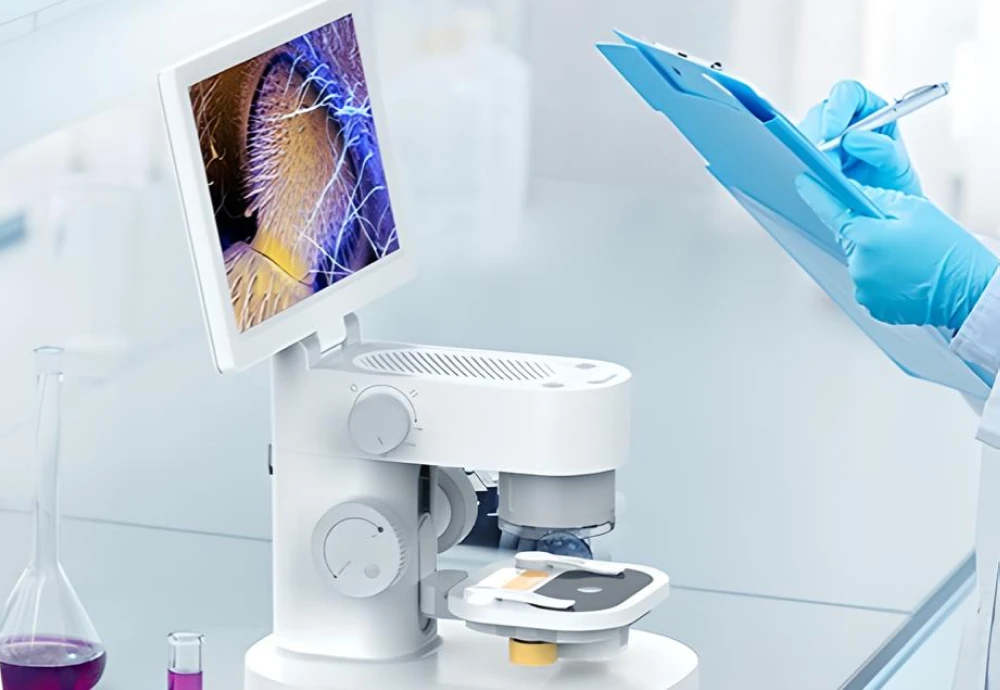Demystifying the Mechanics: How Does a Digital Microscope Work?

The question of ‘how does a digital microscope work’ is one that intrigues many, especially those who are fascinated by the world of minuscule objects. The advent of technology has led to significant strides in microscopy, with digital microscopes becoming increasingly popular due to their superior features and capabilities. In this article, we will delve into the workings of these innovative devices, specifically focusing on an exceptional model – the 1200X Touchscreen Digital Microscope with Triple Camera.
A Peek Underneath: Understanding How Does a Digital Microscope Work

Digital microscopes operate differently from traditional optical ones. They use optics and CCD (charge-coupled device) cameras to project images onto an electronic screen rather than requiring users to peer through eyepieces. This allows for real-time viewing, capturing still images or videos which can be saved for future reference or analysis.
The Role of Magnification and Lighting in How Does a Digital Microscope Work
Magnification is crucial when understanding ‘how does a digital microscope work.’ With adjustable magnification levels like those offered by our featured product – the 1200X Touchscreen Digital Microscope with Triple Camera, you have control over your view’s detail level. Additionally, adequate lighting is essential for clear and detailed imagery. Many digital microscopes have built-in LED lights to illuminate the object under examination.
The Importance of Camera Quality

Another significant aspect when deciphering ‘how does a digital microscope work’ is camera quality. A high-resolution camera, like the triple-camera system in the 1200X Touchscreen Digital Microscope with Triple Camera, ensures crisp, clear images that reveal intricate details otherwise invisible to the naked eye.
Delving Deeper into How Does a Digital Microscope Work: Image Processing
Digital microscopes not only capture but also process images using software. This allows users to manipulate these images – zooming in or out and adjusting brightness or contrast levels – offering greater flexibility than traditional microscopes.
The Practical Side of How Does a Digital Microscope Work: Applications and Uses
Digital microscopes are used across various fields such as education, medicine, manufacturing, research labs, etc., making them versatile tools. They can be used for inspecting tiny components in manufacturing processes or studying microscopic organisms in biology classes.
Tips for Maximizing Your Experience

To get the most out of your digital microscope experience – whether it’s for professional use or personal exploration – understanding its workings isn’t enough; you need some practical tips too! Here are some pointers:
- Maintain your device properly by cleaning lenses regularly and storing it safely when not in use;
- Familiarize yourself with all features before starting any serious observation;
- Experiment with different lighting conditions to find what works best for your specific needs;
- Make good use of the image processing software to enhance your observations.
We hope this article has answered your question about ‘how does a digital microscope work’ and provided valuable insights into maximizing its benefits. For more information, check out these related articles:
Elevate Your Cooking Game with This Kitchen Must-Have
Why You’ll Never Travel the Same Way After Discovering This Chic Waterproof Cosmetic Bag
How to Keep Your Car Tidy Without The Hassle: The Secret Every Driver Needs To Know









Leave a comment